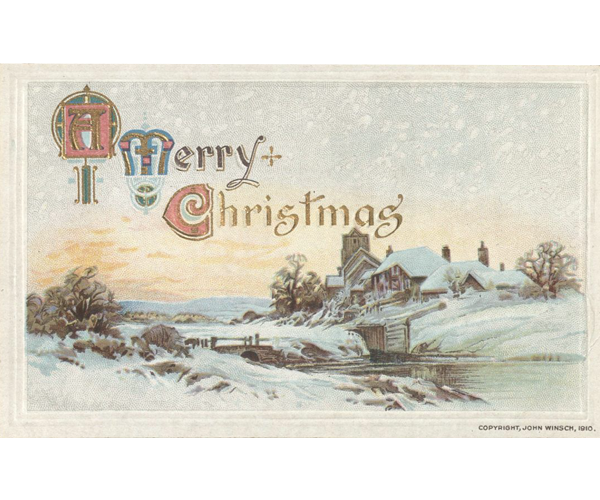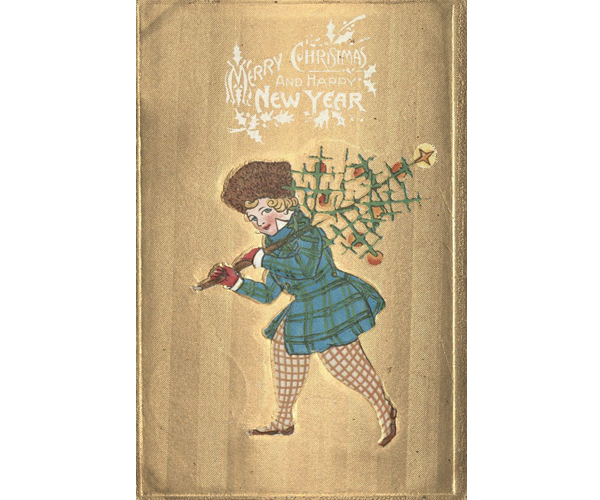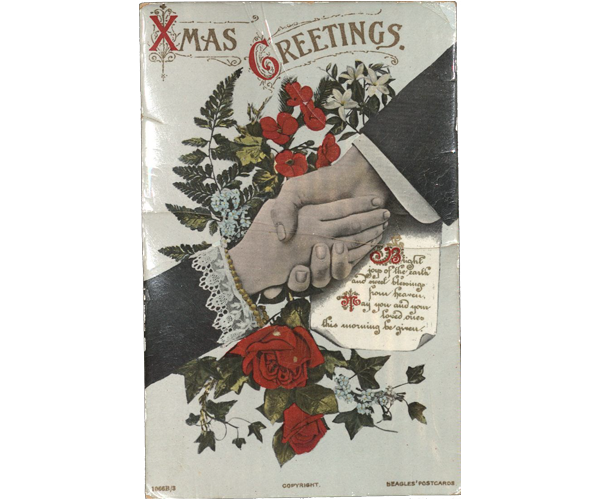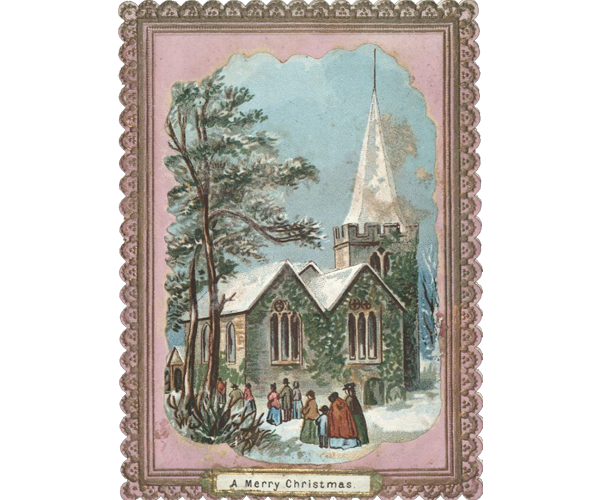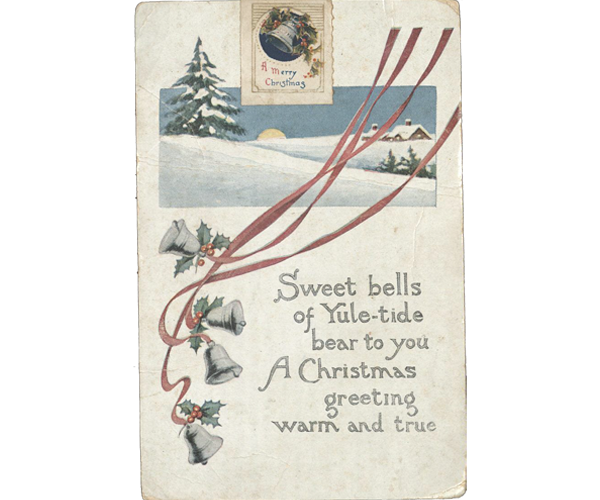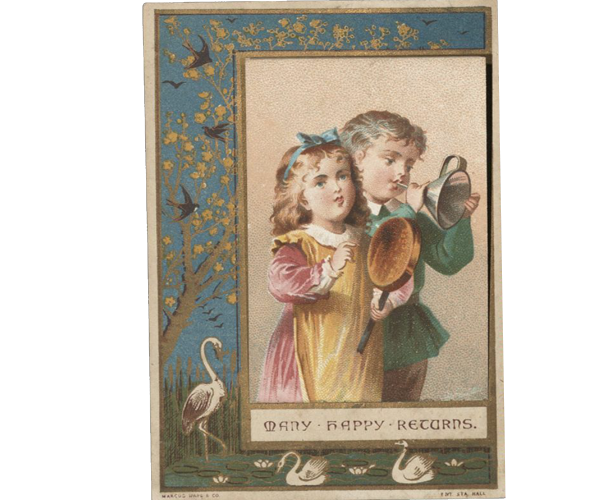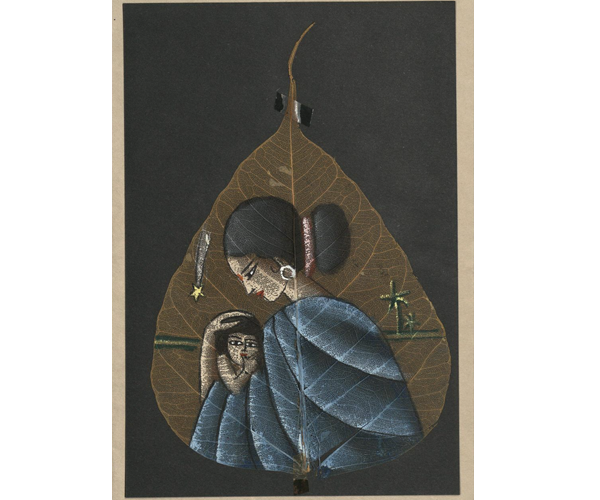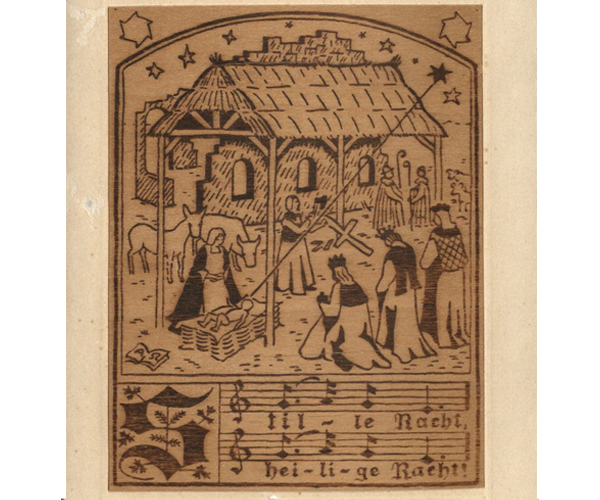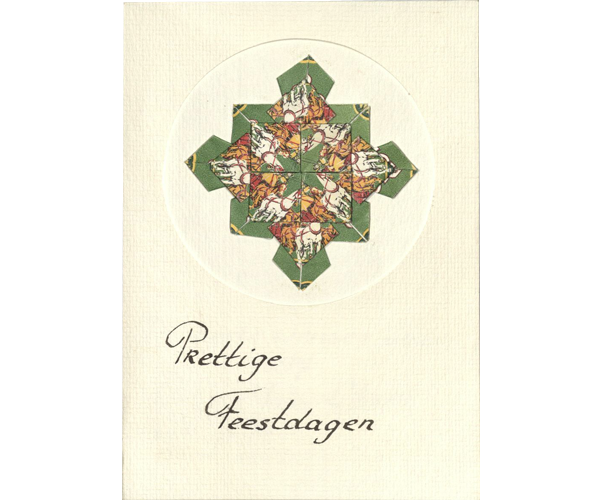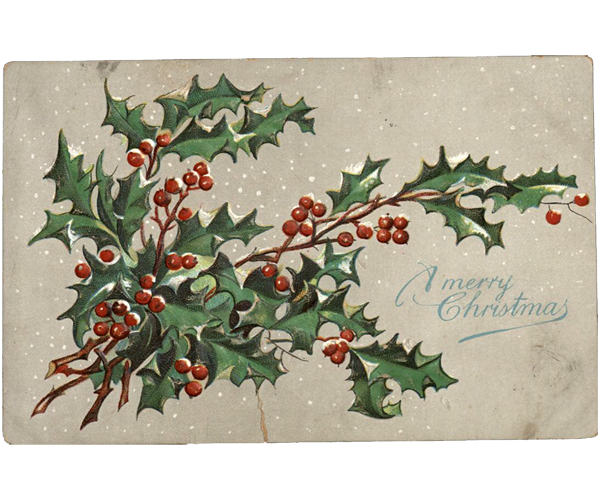Blogs
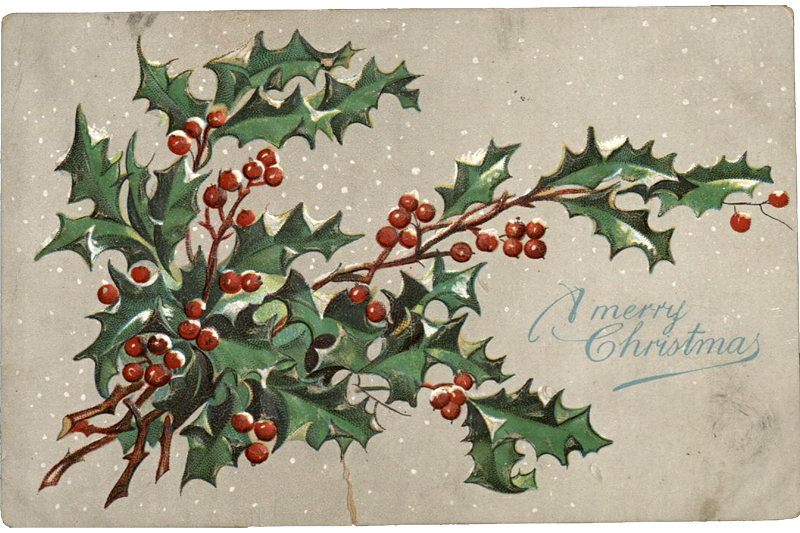
Elisabeth’s Gift: The van Mullekom Collection
By Michelle Schweickart
On Jan. 8, 2009, the Marian Library received the largest donation to date of Christmas materials from longtime collector Elisabeth van Mullekom of Sydney, Australia. The items had been displayed at the Christmas museum her husband, Arnold, built for her in September 1990. It was called Nativity House and was located in Horsley Park, Australia, a suburb of Sydney. Among the more than 2,300 items are 600 three-dimensional Nativity scenes from over 60 countries, made with materials including silk, gold, embroidery, terra cotta and turtle shell. The collection also includes two-dimensional items such as prints, posters, artwork, Christmas cards and stamps. The collection was highlighted in the Marian Library’s 2009 Christmas exhibit Elisabeth’s Nativity House: The van Mullekom Collection. As part of the exhibit, University Libraries staff member Jane Dunwoodie used copies of the Elisabeth van Mullekom vintage Christmas cards to create Christmas ornaments for the Christmas tree in the lobby of Roesch Library.
Christmas Cards: A Collection Within the Collection
The vintage Christmas cards in the collection come from countries around the world, dating from 1877 to the late 20th century, some manufactured, some handmade from materials such as bodhi leaves; basswood sheets decorated using pyrography, or wood burning; and folded tea bag packaging mounted on card stock. The greetings and imagery document trends in Christmas greetings and the evolution of the Christmas card industry over time. Marian Library staff and faculty have used the collection in Christmas exhibits, instruction, research and outreach. Hsuan Tsen, a senior lecturer in the Department of Art and Design, used the cards during her summer 2023 Marian Library Resident Scholar Fellowship to study visual exchanges between Japan and the United States in the late 19th and early 20th centuries.
Christmas or Xmas?
Some of the greetings use the abbreviation “Xmas,” which has its roots in the liturgical use of the chi-rho monogram in the Roman Catholic, Eastern Orthodox, Anglican and Episcopalian churches. References to Christ as “Xp̄es mæsse” or “Χρ” date back to around 1100; the use of “X'temmas” and “Χt” date to 1551 in the Anglo-Saxon Chronicle. Due to the pronunciation of the Greek letters chi (Χ) and rho (ρ), “Xmas” should be pronounced “Christmas” rather than “ex-mas.” Greeting examples from the collection:
- “Merry Christmas and happy new year”
- “Xmas greetings”
Merry Christmas or Happy Christmas?
Have you ever wondered why we say “merry Christmas” instead of “happy Christmas?” The answer goes back to the first recorded use of the phrase in a 1534 letter from the imprisoned Roman Catholic Bishop John Fisher to Thomas Cromwell, chief minister to King Henry VIII at the time. It also appeared on the first Christmas card, which was commissioned by Sir Henry Cole and designed by artist John Calcott Horsley in London in 1843. It read, “Merry Christmas and a happy new year to you.” To this day, “Merry Christmas” remains the most popular holiday wish in the United States, whereas “Happy Christmas” remains more popular in the United Kingdom. Greeting examples from the collection:
- “A merry Christmas”
- “With my best wishes for a happy Christmas”
Yuletide, Christmastide and Many Happy Returns
Other Christmas greetings in this collection include mentions of Yuletide and Christmastide and the wish “many happy returns.” What do they mean, and do we still use them?
Yuletide
Yuletide was a winter festival celebrated by early pagan Germanic peoples. With the conversion of these same Germanic peoples to Christianity under the rule of King Haakon I of Norway in the 10th century, the term became associated with the celebration of Christmas. Yule or Yuletide celebrations continue today, mostly in northern Europe. In Sweden, Denmark and Norway, it is called Jul, in Iceland and the Faroe Islands Jol, in Finland Joulu, Joelfest in Friesland, Joelfeest in the Netherlands and Joulud in Estonia. Christmas traditions and customs associated with Yuletide are the Yule log, the Yule goat, the Yule boar and Yule singing.
Christmastide
“The Twelve Days of Christmas” is more than just a Christmas carol; it is part of the liturgical season Christmastide, sometimes referred to as Twelvetide, which dates to the Council of Tours in 567, establishing that the 12 days from Christmas to the Feast of the Epiphany were a sacred and festive time to be observed as part of the Christmas season.
Many Happy Returns
“Many happy returns” dates to the 18th century and wishes others happiness and a continuation of their good fortune. The earliest known use of the phrase appears in a letter from Lady Hester Margaretta Newdigate to her husband, Sir Roger Newdigate, on their wedding day, May 31, 1789. She wrote, “Many happy returns of ye day to us my Dr Love.” The greeting is still common in British English for birthdays, Christmas and the new year.
Greeting examples from the collection:
- “Sweet bells of yule-tide bear to you a Christmas greeting warm and true”
- “A happy Christmastide”
- “Many happy returns”
Explore More Christmas Traditions
- Plan a visit to the Marian Library this Christmas season to see the exhibit Nativities and the Natural World, open through Jan. 12, featuring many objects from van Mullekom’s collection.
- Visit the Marian Library’s virtual Advent wreath.

